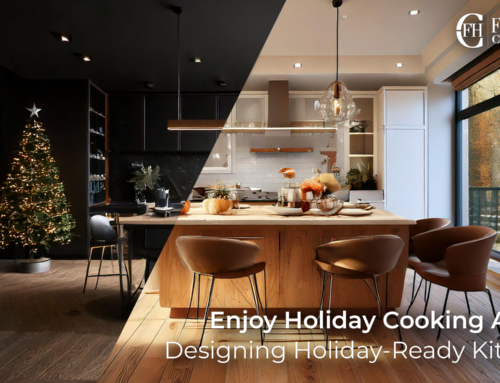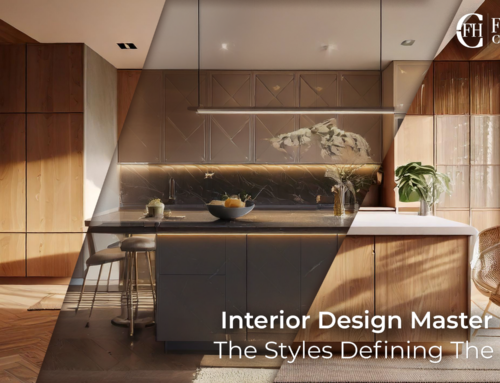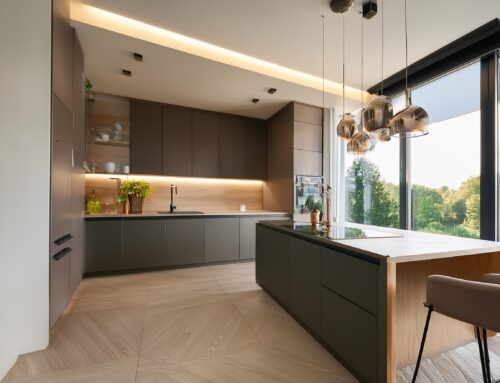Setting the Tone with Light
Lighting isn’t just about making a room visible; it’s an essential component of home design that affects your mood, functionality, and the aesthetic appeal of your space. Whether you’re completely renovating and redesigning your home, or just sprucing up a few rooms, understanding how lighting works can transform your living environment.
Understanding the Basics: Types of Lighting
To master home lighting, start with the basics: the three main types of lighting—ambient, task, and accent. Each plays a crucial role in home functionality and aesthetics.
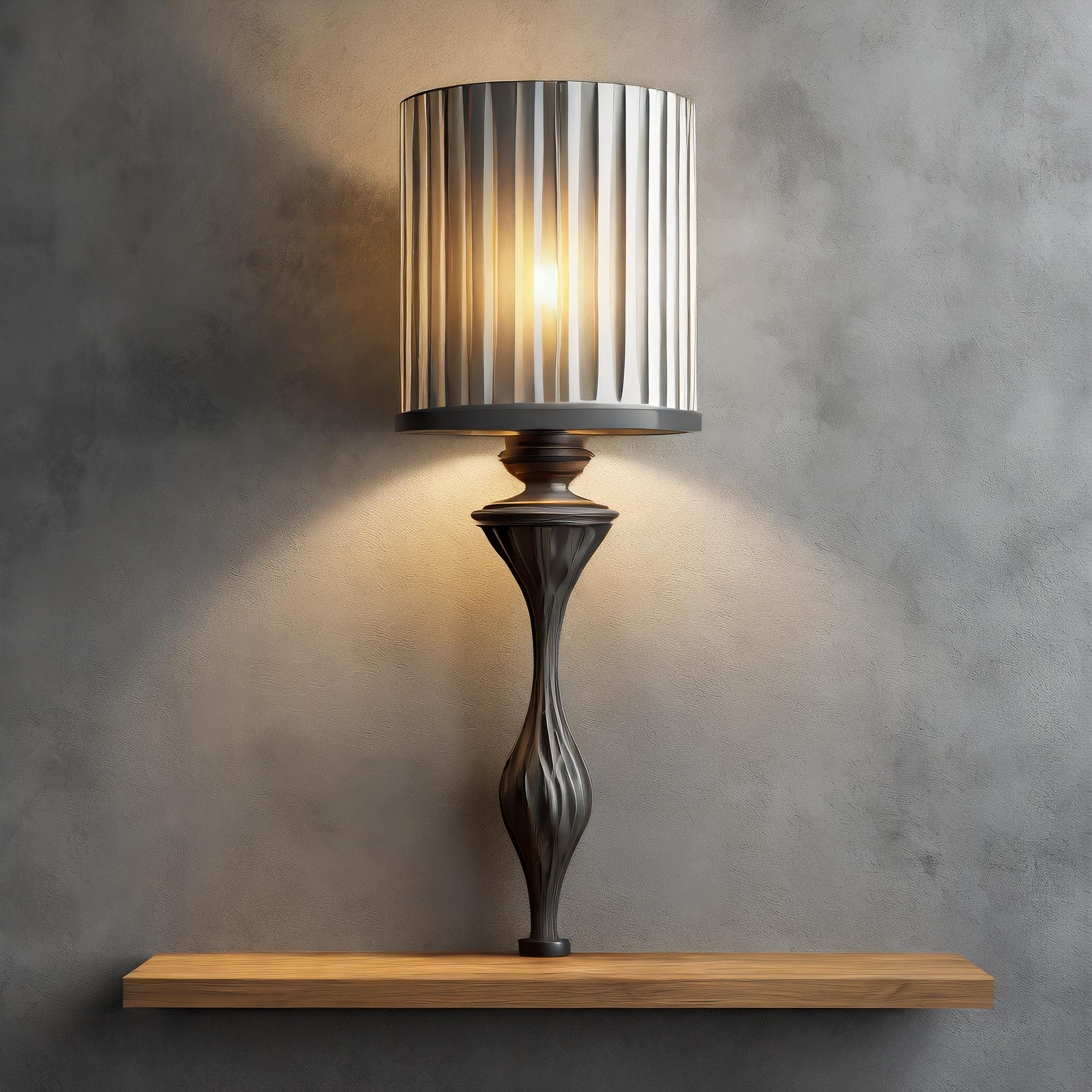
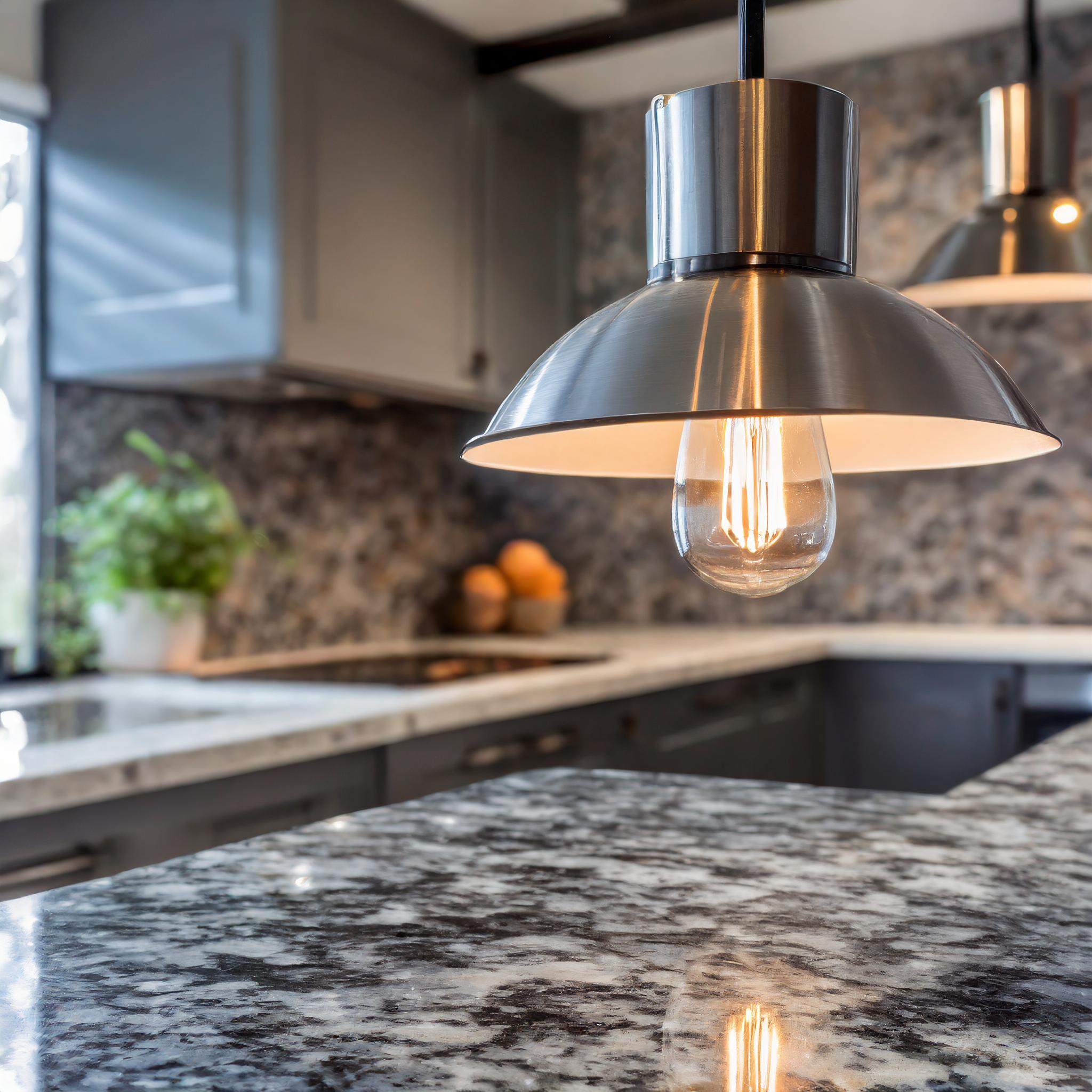
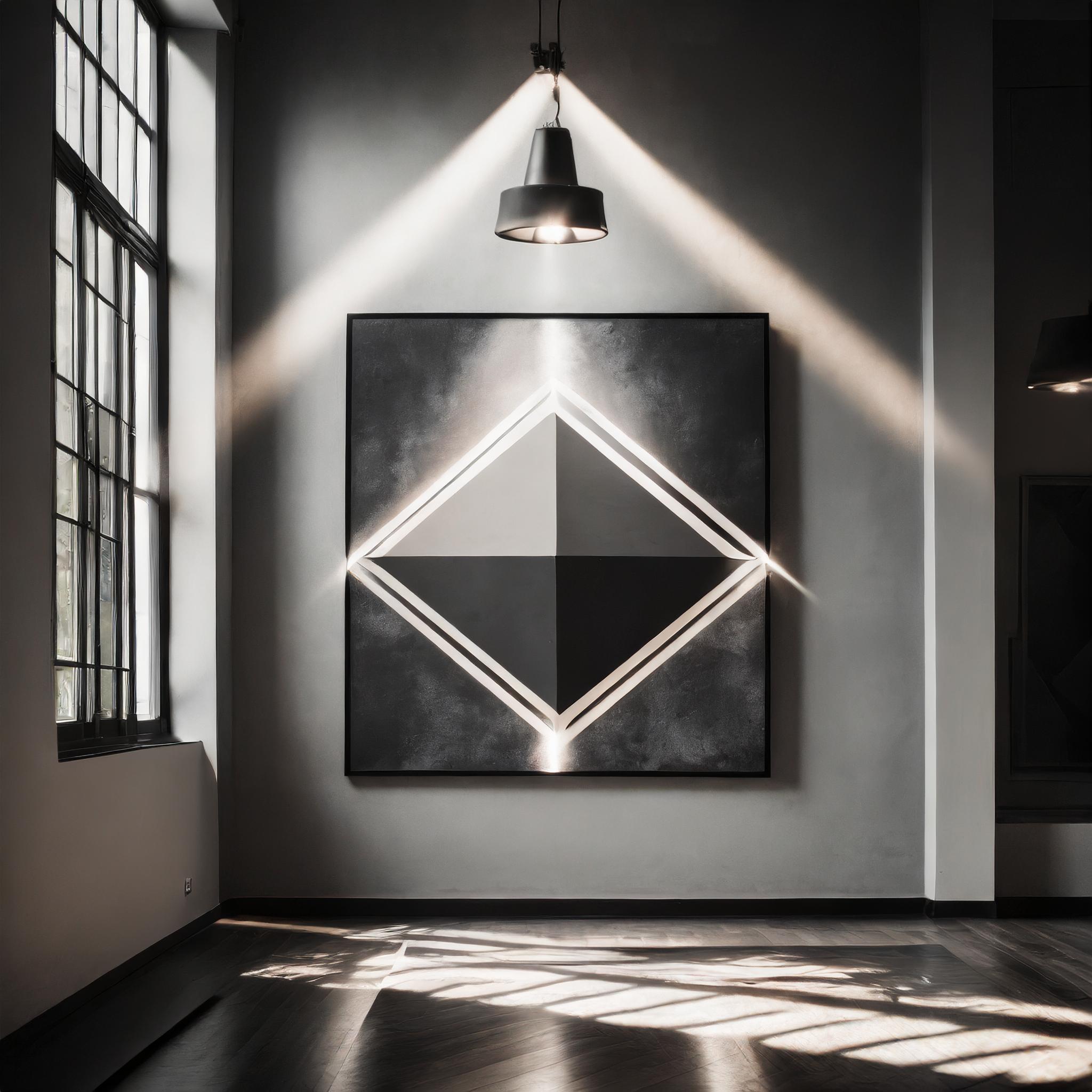
Creating Atmosphere: Lighting for Mood
The right lighting can dramatically alter the mood of a room. Here’s how to use lighting to create an inviting atmosphere.
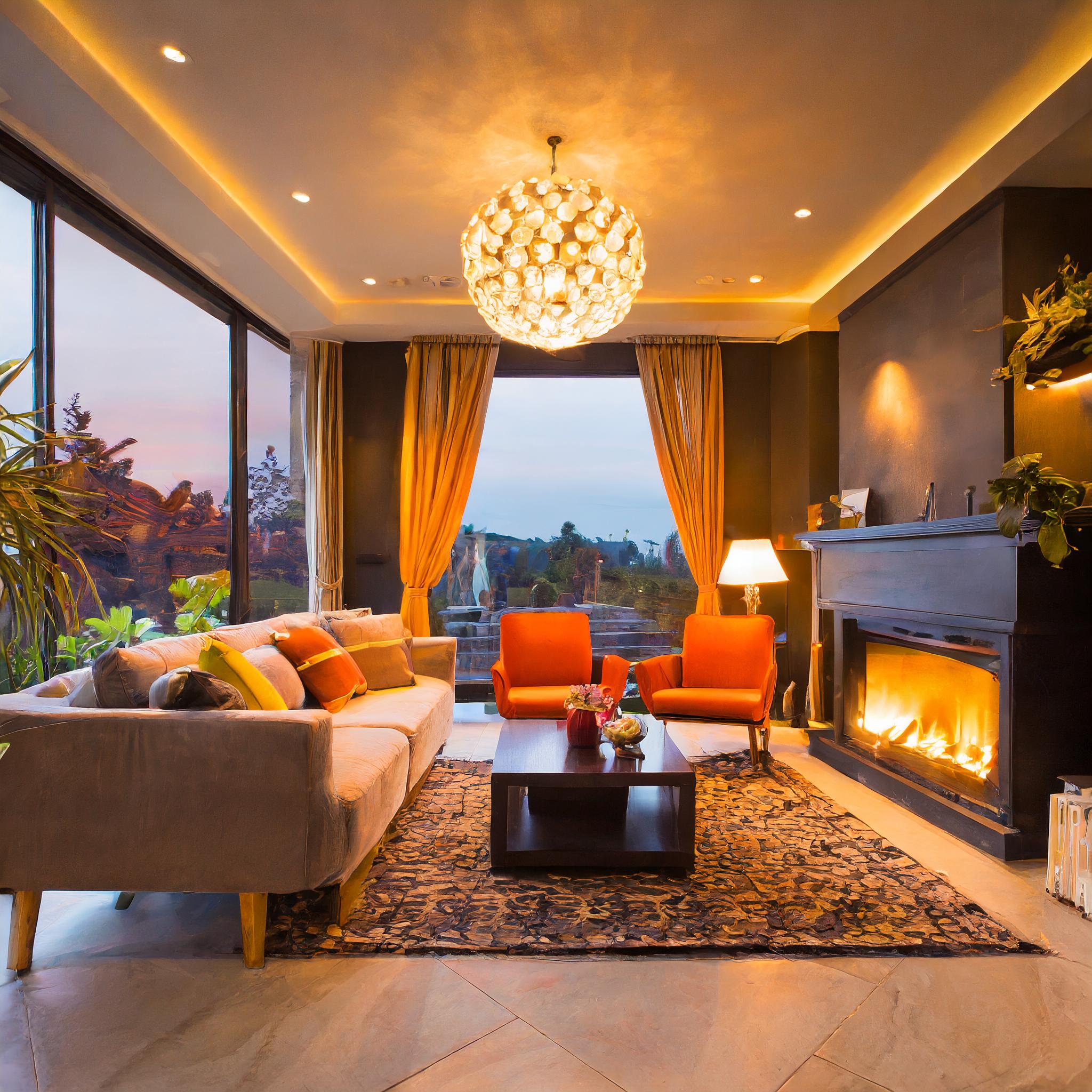

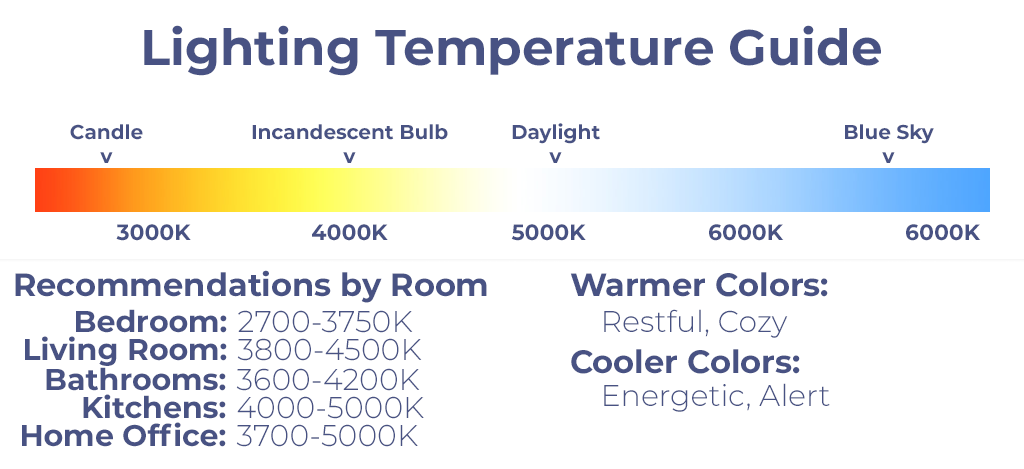
Practical Brilliance: Lighting for Everyday Tasks
Effective task lighting is crucial for everyday activities and should be tailored to specific tasks in the home.
Kitchen Lighting Essentials
- Layer Your Lighting: Combine overhead ambient lighting with under-cabinet task lighting and pendant lights over the kitchen island to ensure a well-lit workspace for cooking and food preparation.
- Choose LED Fixtures: Opt for energy-efficient LED fixtures for both overhead and under-cabinet lighting to provide bright, focused illumination while reducing energy consumption and maintenance needs.
- Highlight Key Areas: Install accent lights above kitchen sinks, stoves, and countertops to highlight key areas and add visual interest to the kitchen space.
- Install Dimmer Switches: Incorporate dimmer switches for overhead lighting to adjust the brightness level according to different activities and mood settings, such as bright lighting for cooking and softer lighting for dining.
- Consider Task-specific Lighting: Install focused task lighting above cutting boards, cooking ranges, and food preparation areas to ensure adequate visibility and minimize shadows while working.
Bathroom Lighting Solutions
- Utilize Sidelights: Install vertical sidelights or vertical vanity fixtures on either side of the bathroom mirror to evenly illuminate the face, reducing shadows and providing optimal visibility for grooming tasks.
- Choose Waterproof Fixtures: Select waterproof and moisture-resistant light fixtures for areas near showers and bathtubs to ensure safety and longevity, minimizing the risk of electrical hazards in wet environments.
- Enhance Ambient Lighting: Incorporate ambient overhead lighting, such as recessed ceiling lights or flush-mount fixtures, to provide overall illumination and create a welcoming atmosphere in the bathroom.
- Add Task Lighting: Install additional task lighting above the shower or bathtub area to provide focused illumination for bathing and grooming activities, ensuring sufficient light without causing glare.
- Consider Dimmable Options: Install dimmable light fixtures or add dimmer switches to existing fixtures to adjust the brightness level based on personal preference and mood, allowing for customizable lighting experiences in the bathroom.
Home Office Lighting Tips
- Maximize Natural Light: Position your home office desk near a window to take advantage of natural daylight, which can help reduce eye strain and improve productivity during daylight hours.
- Layer Lighting Sources: Combine overhead ambient lighting with task lighting, such as desk lamps or adjustable floor lamps, to create a well-lit workspace that accommodates various tasks and activities throughout the day.
- Position Lighting Carefully: Direct task lighting sources, such as desk lamps, to minimize glare on computer screens and documents, ensuring comfortable and productive work conditions without causing eye strain or discomfort.
- Adjust Lighting Levels: Use dimmable lighting fixtures or add dimmer switches to overhead lights to control the brightness level according to specific tasks and preferences, allowing for customizable lighting solutions based on individual needs.
- Avoid Harsh Glare: Position lighting sources to avoid direct glare on computer screens and reflective surfaces, ensuring optimal visibility and reducing eye strain during prolonged periods of work in the home office.
The Designer’s Toolkit: Choosing the Right Fixtures
Choosing the right fixtures is as important as the type of lighting. Fixtures affect how light is dispersed and can be a focal point in room decor.
| Fixture Type | Size | Style | Recommended Placement |
|---|---|---|---|
| Chandeliers | Varies | Classic, Modern, Rustic | Dining Rooms, Foyers, Living Rooms |
| Pendants | Varies | Contemporary, Industrial | Kitchen Islands, Dining Tables, Bars |
| Recessed Lights | Various sizes | Minimalist, Modern | Ceilings, Hallways, Task Areas |
| Sconces | Varies | Traditional, Art Deco | Hallways, Entryways, Bedside |
In conclusion, designing home lighting for mood and function is a crucial aspect of creating a comfortable, inviting, and functional living environment. By understanding the different types of lighting—ambient, task, and accent—and how to effectively incorporate them into each room of your home, you can enhance both the aesthetic appeal and usability of your space. Whether you’re renovating an existing home or building from scratch, thoughtful lighting design can make a significant difference in how you experience and interact with your surroundings on a daily basis.
Remember to consider factors such as color temperature, fixture placement, and energy efficiency when planning your lighting design. By layering lighting sources, utilizing dimmers, and incorporating smart lighting solutions, you can create a versatile and adaptable lighting scheme that meets your needs and enhances your lifestyle.
Further Reading:
- “The Lighting Handbook: Reference and Application“ by Illuminating Engineering Society: This comprehensive handbook offers detailed guidance on lighting fundamentals, design techniques, and applications for residential and commercial spaces.
- “Residential Lighting: A Practical Guide to Beautiful and Sustainable Design“ by Randall Whitehead: This book provides practical advice and inspiration for designing stylish and energy-efficient lighting solutions for residential interiors.
- “Lighting Design Basics“ by Mark Karlen and James Benya: This introductory guide covers the principles of lighting design, including terminology, calculations, and best practices for creating effective lighting schemes.

